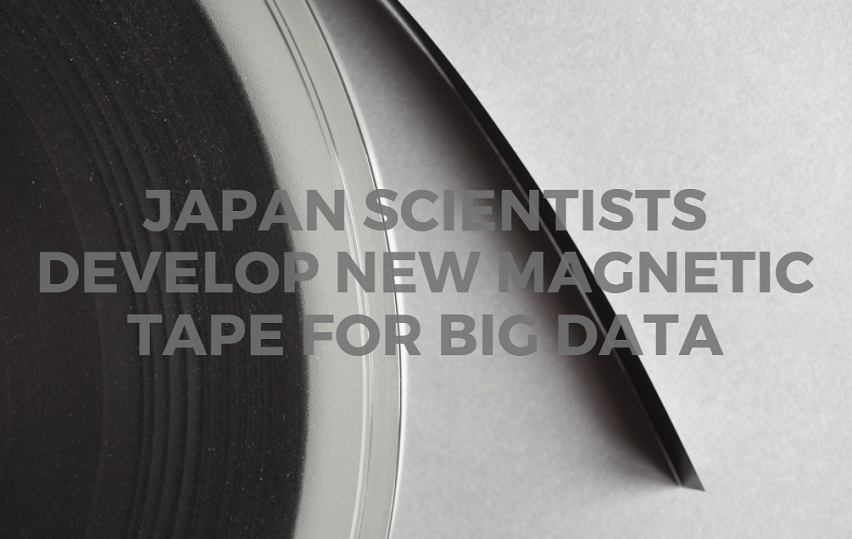Researchers from the University of Tokyo made a new material for a magnetic tape that allows higher storage density and retention, with lower costs and better energy.
Magnetic tapes were common storage materials in the 1980s but were replaced by newer technologies including solid-state drives (SSDs), and Blu-ray discs. One of the reasons for its scrapping in the early 2000s is the higher costs for data density.
Now, Japanese scientists are paving the way for improving the magnetic tape, using a completely new material called Epsilon Iron Oxide. This material makes it easier to store higher density data and more protection from interference.

“When data is written to it, the magnetic states that represent bits become resistant to external stray magnetic fields that might otherwise interfere with the data. We say it has a strong magnetic anisotropy,” said lead researcher Shinichi Ohkoshi.
The scientist claims that Epsilon Iron Oxide is under further testing, but is showing great potential for writing data. Although Ohkoshi states that writing data can be harder compared to other materials, they are developing a novel approach to making the process seamless.
What the scientists call Focused-Millimeter-Wave-Assisted Magnetic Recording or F-MIMR, data can travel at frequencies between 30 and 300 GHz. This causes the particles from the data to flip its magnetic direction.
Study author Marie Yoshikiyo said F-MIMR will help increase the storage density, needing smaller magnetic particles and utilizing the Epsilon Iron Oxide magnetic tape.
“We had to use more stable magnetic materials and produce an entirely new way to write to them. What surprised me was that this process could also be power efficient too,” said Yoshikiyo.
While the initial details of the study were revealed, no further details on the new storage technology are released by scientists. The proof-of-concept in making data archiving and storing is possible with this magnetic tape technology.
The scientists are still working on the possibilities of this storage technology to reach the commercial market in five to ten years. At the same time, newer materials and technologies will likely show up, especially the promising DNA and glass slides storage materials.
“Although the experiments were very difficult and challenging, the sight of the first successful signals was incredibly moving. I anticipate we will see magnetic tapes based on our new technology with ten times the current capabilities within five to 10 years,” said Ohkoshi.
















